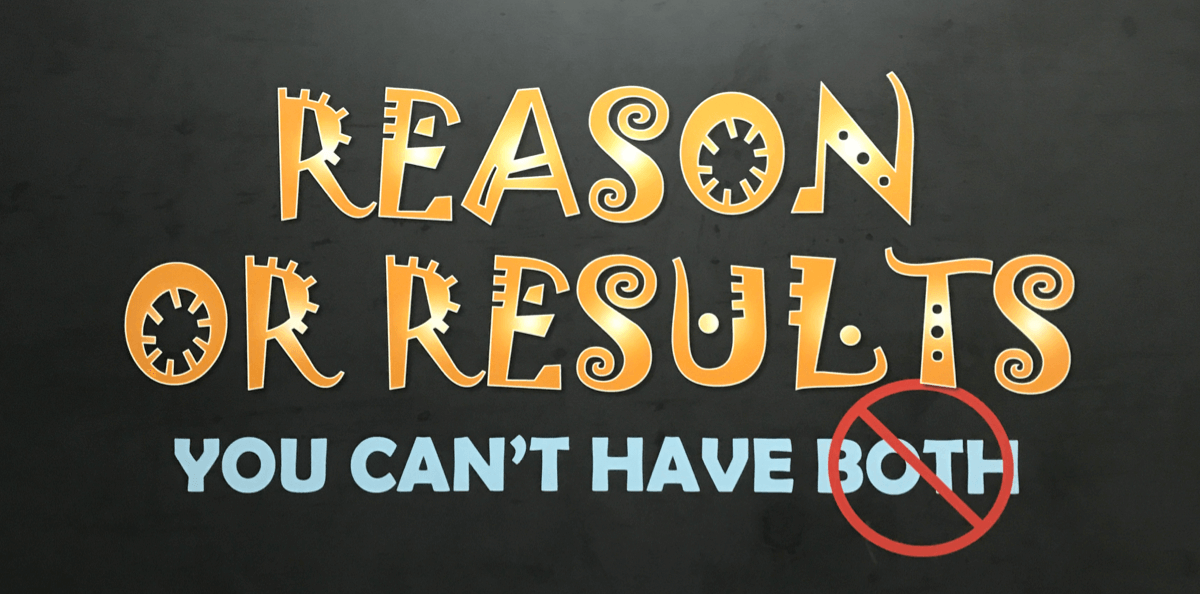“Minimum custody” in prison refers to a classification for inmates who are considered to be the lowest risk. These inmates typically have fewer restrictions, more privileges, and greater freedom of movement compared to those in higher security levels.
Here are the key characteristics of minimum custody…
Characteristics of Minimum Custody
- Security Level
- Low Risk – Inmates are assessed as low risk to public safety and to the institution.
- Minimal Supervision – These inmates require less supervision and control compared to those in medium or maximum security levels.
- Housing
- Dormitory-Style Housing – Inmates are often housed in dormitory-style settings rather than individual cells.
- Open Design – The facility might have fewer physical barriers, such as fences or walls, reflecting the lower security risk.
- Privileges
- Greater Privileges – Inmates have access to more privileges, such as increased visitation rights, more recreational activities, and better access to educational and vocational programs.
- Work Programs – Many minimum custody inmates participate in work programs, both within the institution and sometimes outside in the community.
- Movement
- Freer Movement – Inmates usually have more freedom of movement within the facility, often being allowed to move between different areas with minimal supervision.
- Community Programs – In some cases, inmates may participate in community-based programs or work-release programs, allowing them to leave the facility for certain periods.
- Behavioral Expectations
- Good Behavior – Inmates in minimum custody are expected to maintain good behavior and have a history of compliance with prison rules.
- Progressive System – Minimum custody is often part of a progressive system where inmates can be reclassified to higher security levels if they do not comply with rules or exhibit problematic behavior.
Example of Minimum Custody in Practice
Housing and Daily Life
- Living Arrangements – Inmates may live in dormitories with other inmates, rather than in single or double cells. This communal living arrangement is indicative of the trust placed in their behavior and the lower risk they pose.
- Daily Activities – They have access to a variety of programs aimed at rehabilitation, such as educational courses, vocational training, and work assignments both inside and outside the facility.
Work Programs
- Institutional Jobs – Inmates often hold jobs within the prison, such as in the kitchen, laundry, or maintenance.
- Community Work Programs – Some minimum custody inmates are allowed to participate in community service or work-release programs, where they can work outside the prison during the day and return in the evening.
Movement and Supervision
- Within the Facility – Inmates can move more freely within the facility, such as going to the library, recreational areas, or educational classes without constant supervision.
- Outside the Facility – In some cases, inmates are allowed to leave the facility for work or community service, reflecting the high level of trust and low risk they represent.
Minimum custody in prison signifies a classification for inmates who pose the least risk to security and public safety. These inmates enjoy more privileges, have greater freedom of movement, and participate in a range of rehabilitative and work programs. This classification is part of a broader strategy to manage inmate populations based on risk and behavior, aiming to rehabilitate and reintegrate inmates into society.





